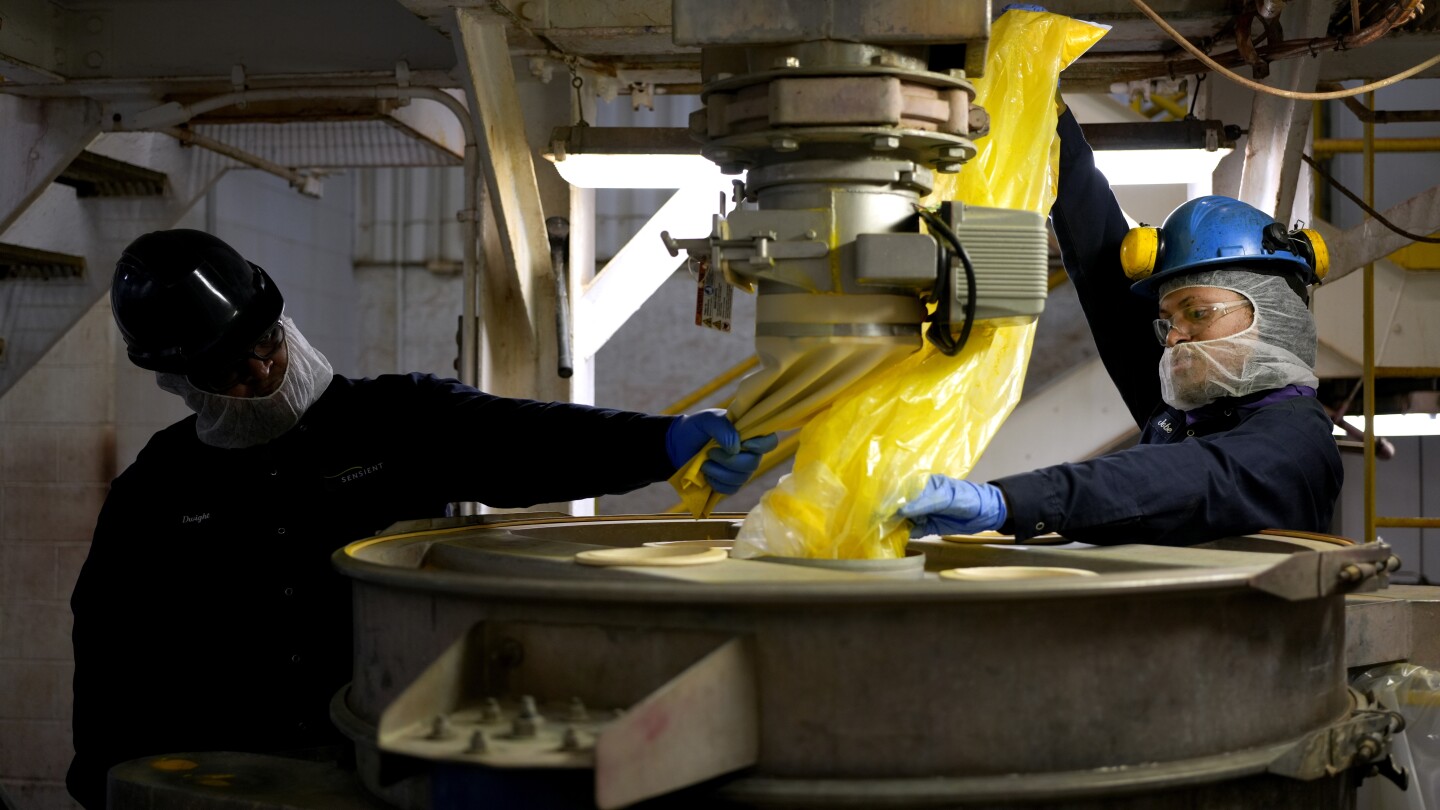ST. LOUIS (AP) — With increasing pressure to eliminate artificial colors from the U.S. food supply, scientists like Abby Tampow are at the forefront of this shift. In her laboratory, Tampow experiments with natural ingredients such as beet juice and beta-carotene to replicate the vibrant hues traditionally achieved with synthetic dyes.
Sensient Technologies Corp., one of the world’s largest dyemakers, is assisting companies in transitioning to natural colors. This move is driven by recent U.S. health initiatives aiming to phase out petroleum-based artificial dyes by 2026 due to potential health risks.
However, the transition isn’t straightforward. Natural dyes are more costly, less stable, and harder to produce on a large scale. For instance, creating a natural “Barbie pink” might involve cochineal insects, which produce carminic acid, a vibrant red pigment. Yet, sourcing these insects and maintaining their quality during processing poses challenges.
Despite these hurdles, major companies like PepsiCo and Kellogg are committing to reducing artificial colors in their products. While some consumers have resisted the change due to preference for brighter hues, the push for healthier, more natural alternatives continues.
— new from AP News
